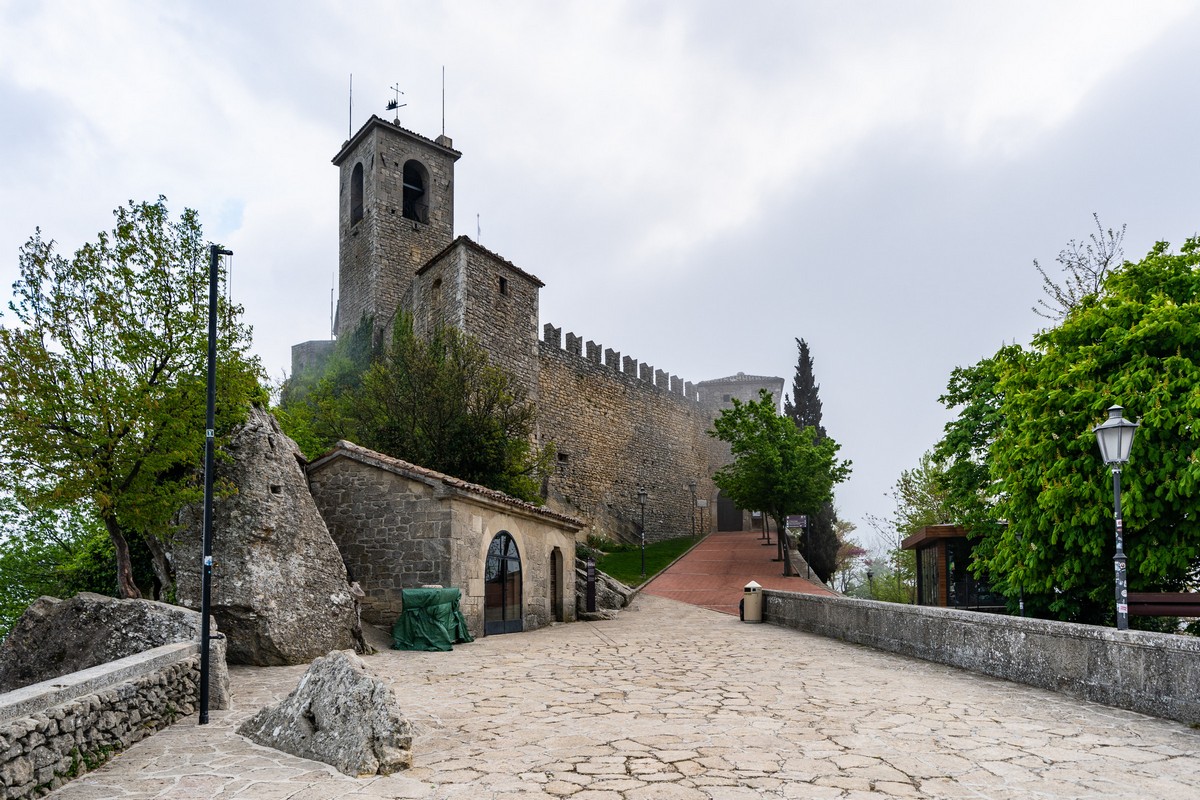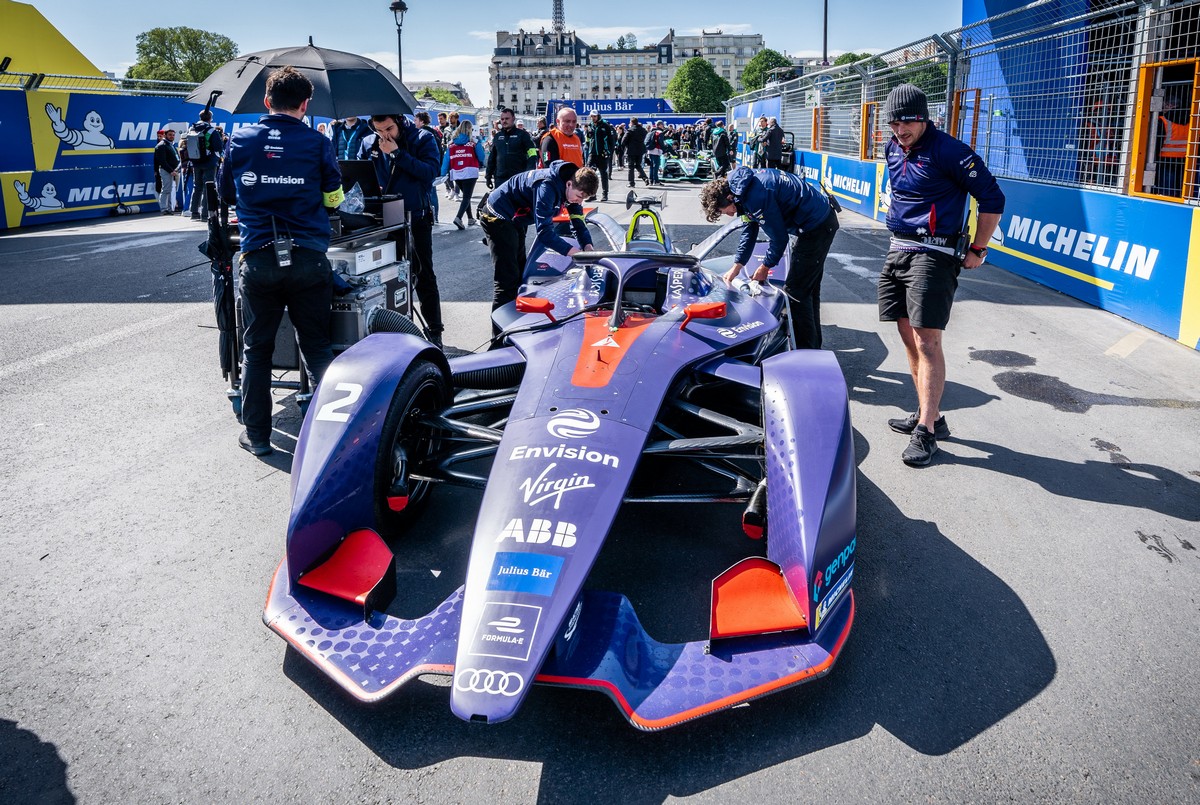About five years ago we launched an interesting project – our own Business Incubator . Why? Because there are a lot of great ideas out in the wild that need nurturing to grow and develop into something great. And we have the resources to help them do this! So we’ve been scouting for cool innovative ideas and giving startups ‘wings’ to fly.
One of the most successful examples of projects from our Business Incubator is Polys, launched in 2017. It’s an online platform for electronic voting based on blockchain. I’ve already mentioned it in this blog. But briefly: it’s safe, anonymous, unhackable, and what I think is more important – very easy to use and suitable for any kind of voting. I personally believe that the future of voting is indeed online and blockchain. Polys has already been officially used by Russian political parties, student bodies, and regional government organizations. And I’m sure that these are just the first steps of this KL nestling.
We’ve another up-and-coming Incubator project on board – Verisium. This is an IoT platform for customer engagement and product authentication. Especially needed in the fashion industry, it helps fight the counterfeiting of luxury products, and gives brands the ability to track product lifecycles and gain marketing insights into how products ‘live’ and perform. Verisium has already launched a number of joint projects with Russian designer brands – involving clothes with NFC chips on blockchain.
 source
source
However, though it’s doing really well, the Incubator wasn’t enough for us. So we decided to scale-up the way we work with startups and innovative companies, while focusing on something we know rather well… cybersecurity!
At the end of May (so, in a matter of days) we’re launching a new program that will run globally – the Kaspersky Open Innovations Program. We’re doing it to build an ecosystem that allows for transparent conversation and fruitful collaboration between businesses and innovative cybersecurity companies around the globe.
To start-off, we’re launching a global startup challenge. We’ll be looking for startups that already have products, or MVPs, or even prototypes; we’ll be looking for those who already have something to sell, or already have had some sales and now need more. Since we’ll be neither investing in these companies, nor acquiring them, we’ll keep the focus on finding solutions that can truly benefit from being embedded with our technologies or integrated with them to maximize protection capabilities.
Another goal will be to take the results of our collaboration with startups – and their many new innovative products, solutions, services, etc. – to companies of different sizes around the world.
So, if we’re not investing and not acquiring, what are we actually offering? As a global company, we’ll help startups scale up globally by supporting their further product and business development. But probably most importantly, we’ll be providing an opportunity for startups to build a partnership with us and a chance to sit at the same table with the big guys and global companies.
Join now and take your business worldwide!
 source
source



















